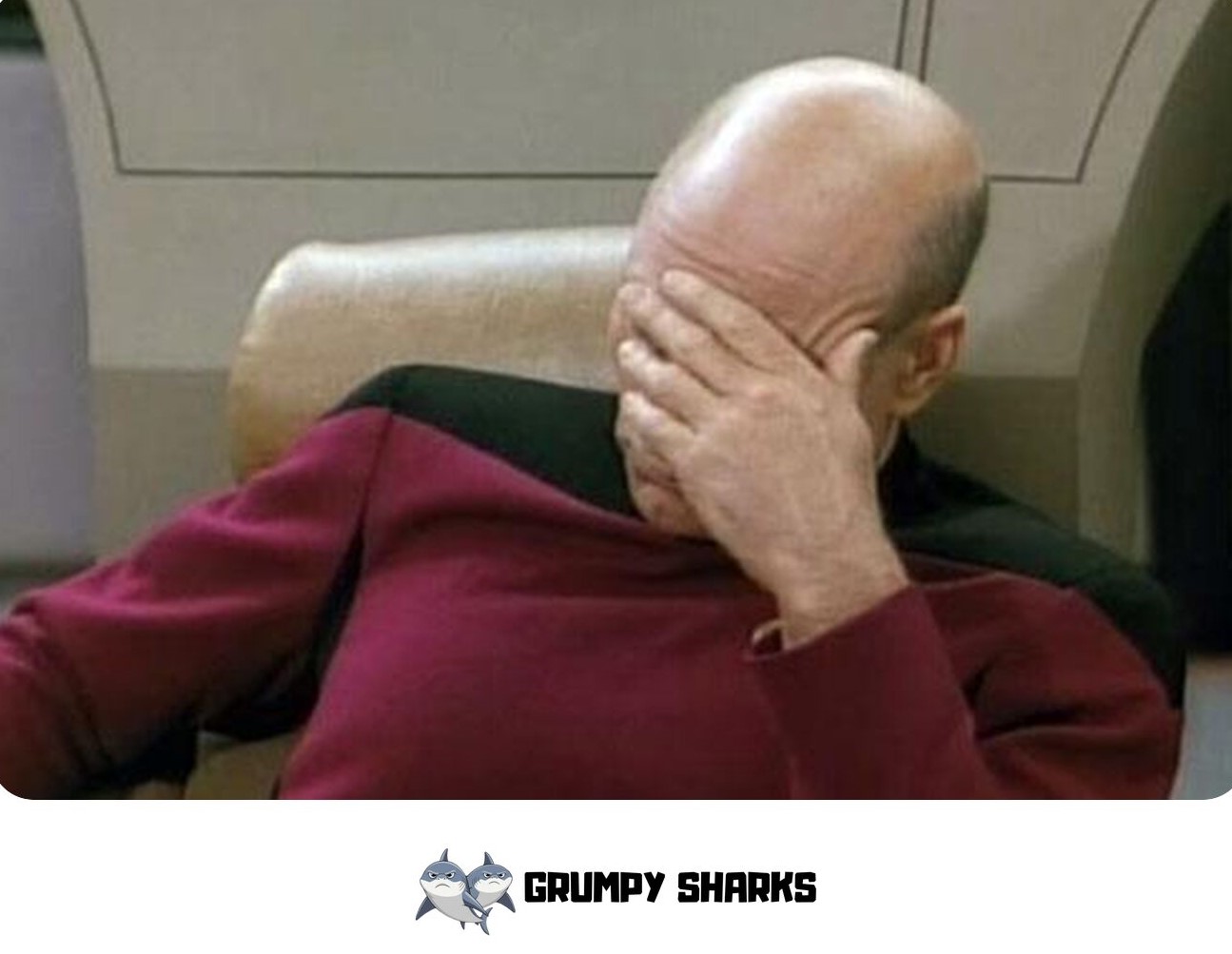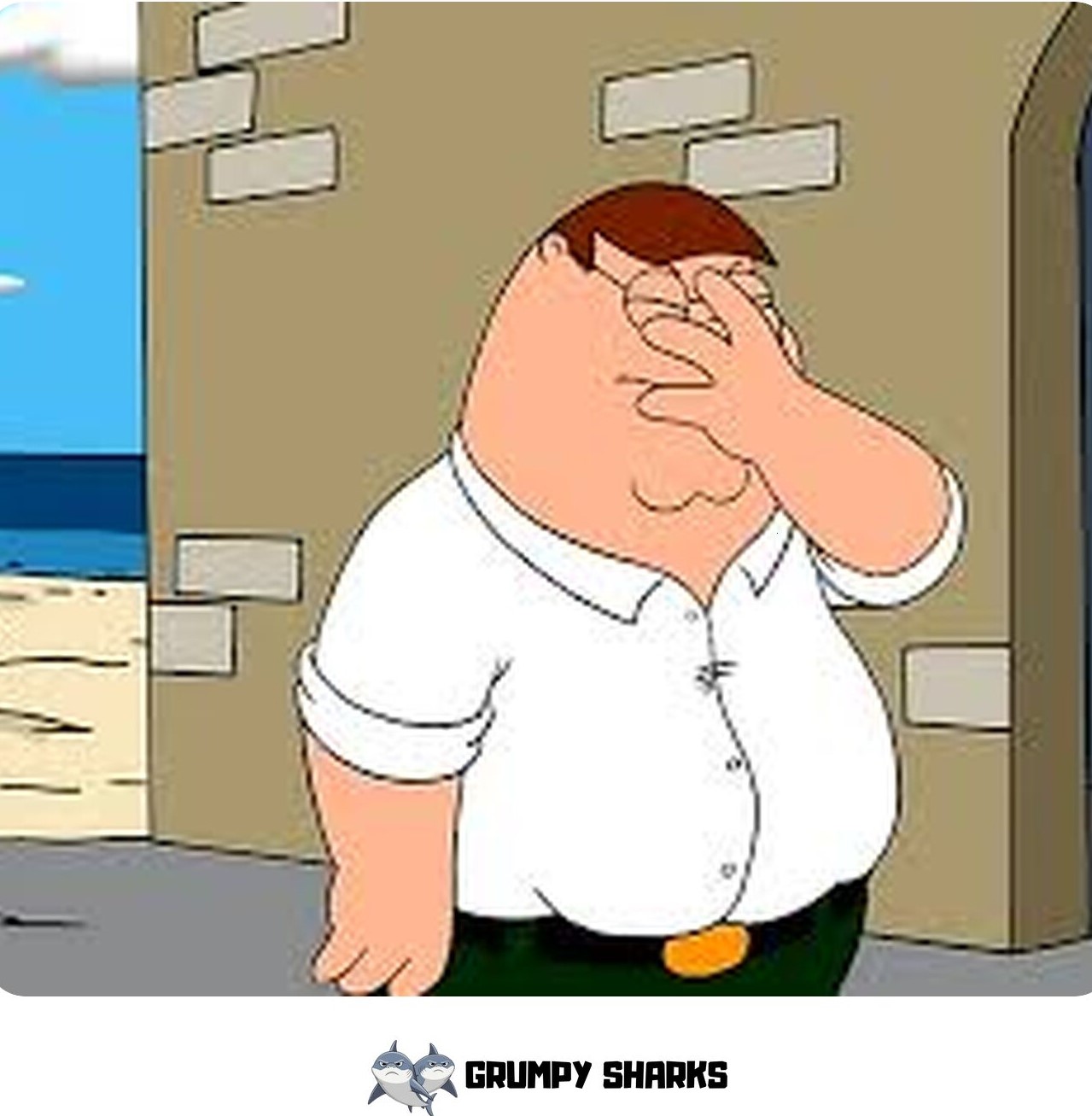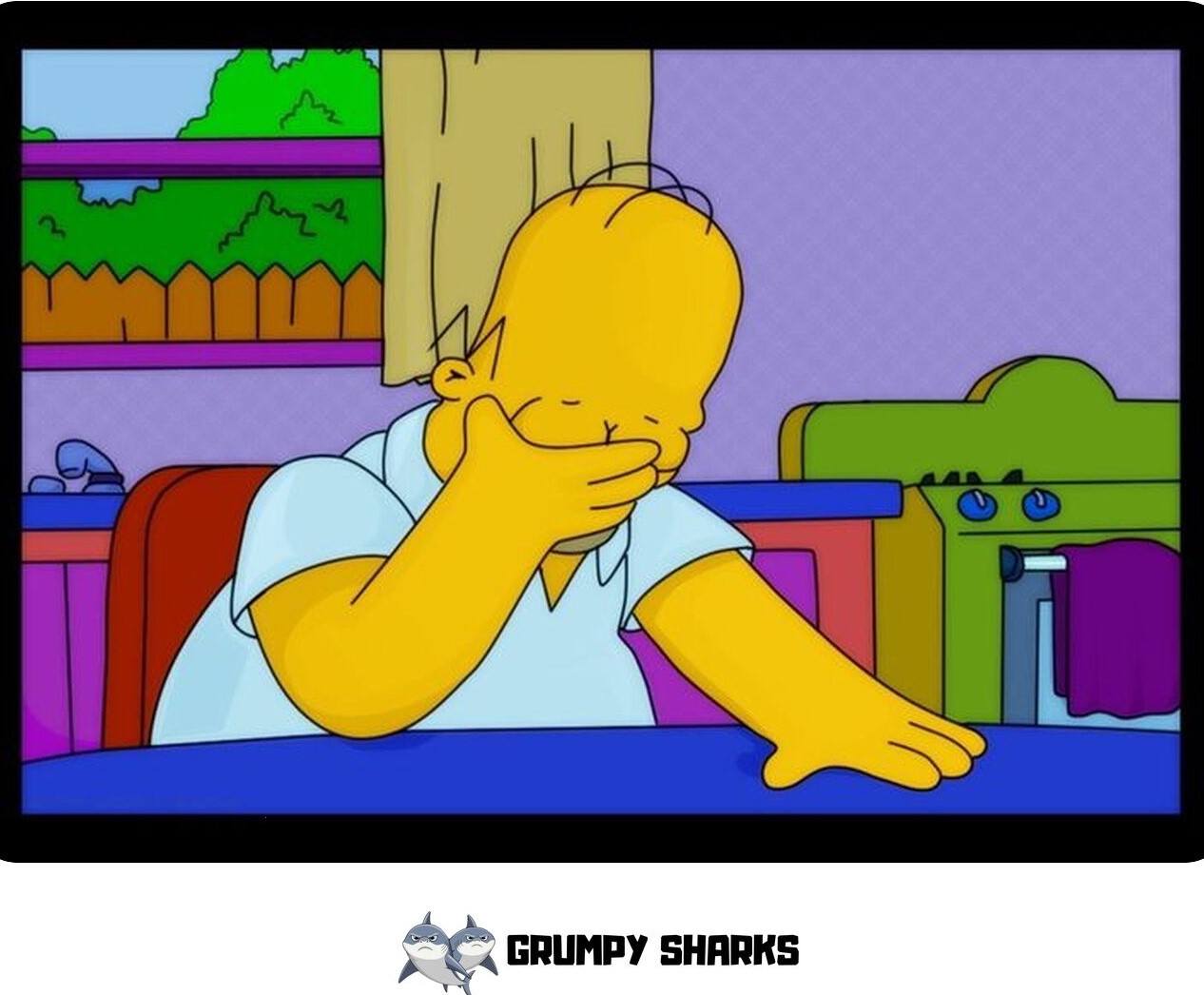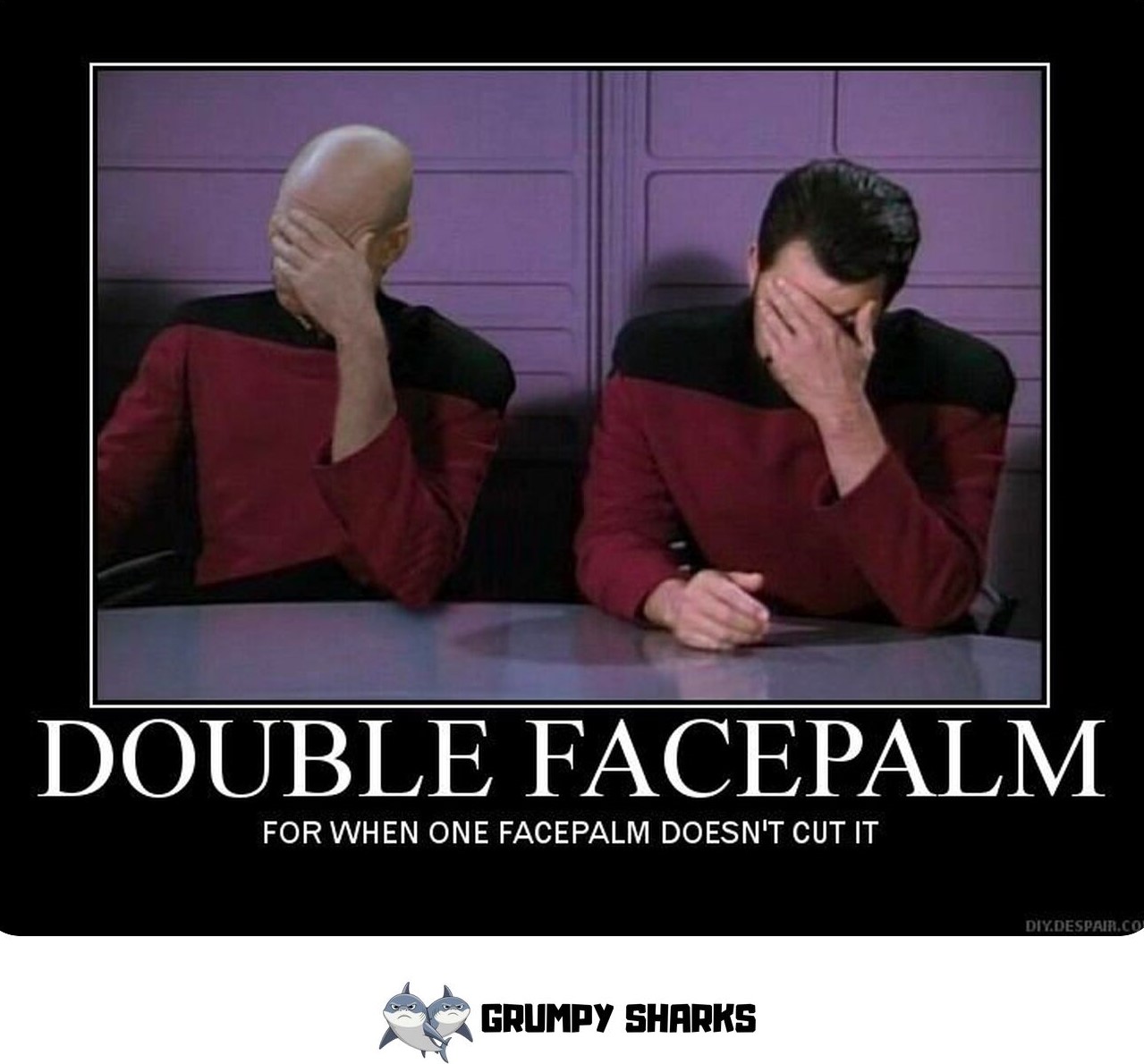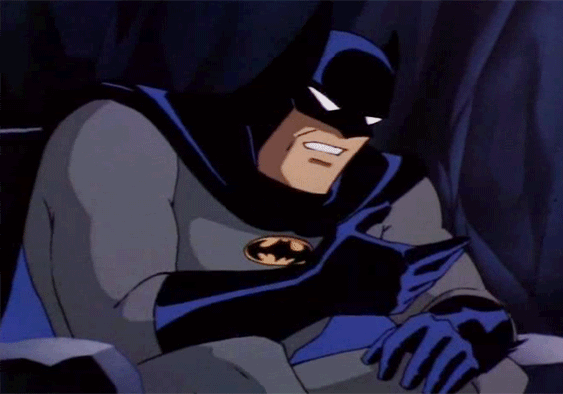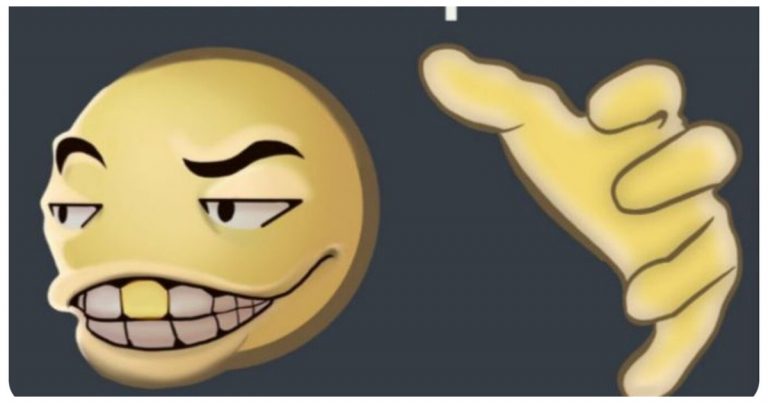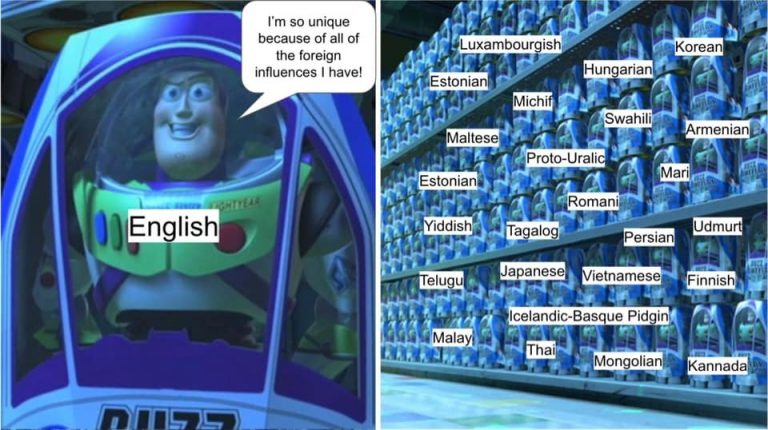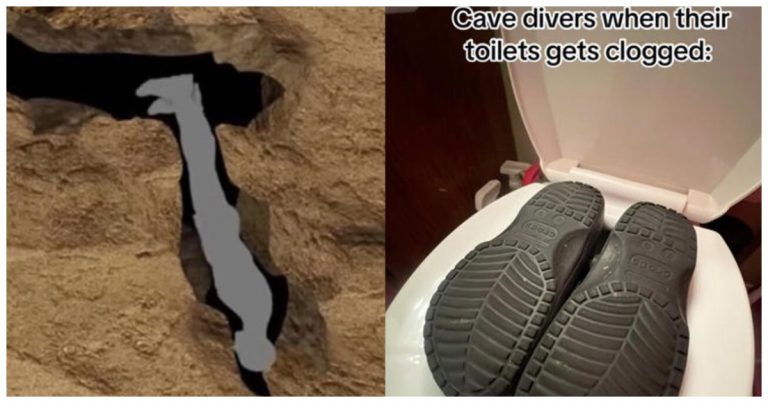What Is the Facepalm Meme? Origins, Meaning, and How It Expresses Frustration Online
Memes are one of the most effective and widely used means of communication online for humans. Whether it is happiness, sarcasm, confusion or an “I can’t believe that just happened” feeling there is a meme that expresses it. However, if there is a single meme that provides true frustration and also the universal reaction of “I can’t believe that just happened,” it is the facepalm meme.
A facepalm is not just a random gesture, but has developed into a symbolic shorthand for reactions to bad decisions, whether moments in person that lead to a cringe worthy experience or second hand embarrassments. It has always taken the same meaning from ancient statues to online forums, despite the changing appearance. Now in a world of memes, the facepalm meme has become ubiquitous, often appearing in sites like Reddit, Twitter, and Discord, and featuring iconic characters such as Captain Picard in its fandom.
#1 What Does the Facepalm Meme Mean?
A facepalm is the action of putting your palm to your face, usually accompanied by a sigh or an eye roll. As a meme, it represents feelings like astonishment, annoyance, shame, or even utter annoyance similar to “Seriously??”
What makes the facepalm as a meme cultural representation so effective is that everyone can identify with this experience. It doesn’t matter if you’re seeing someone walk into a glass door or reading a painfully misguided opinion the collective emotional response by all of us is captured perfectly in this gesture.
It can be directed at ourselves, (“I can’t believe I just did that”) or directed at someone else’s behavior (“I can’t believe THEY just did that”).Regardless of culture or age, the translation is simple: the facepalm is the ultimate reaction to a fail.
#2 What Are The Origins of the Facepalm Meme?
The facepalm gesture has existed for several centuries prior to the Internet. One early historical indication of this can be observed in Henri Vidal’s 1896 sculpture “Caïn” in Paris, which depicts a man with his hand covering his face in shame. Literature and classical art have expressed the same meaning of the gesture for many centuries also, representing guilt, sorrow, or regret.
However, the meme as we know it began to become digitalized in the 2000s. The first recorded instance of the usage of the word “facepalm” on the Internet can be traced to an entry in Urban Dictionary in 2004 which defined facepalm as “The act of dropping one’s face/forehead into one’s hand.” Shortly after, the act began to show up more widely across message boards, often expressed in text between asterisks like so: *facepalm*.
However, the meme developed viral characteristics due to its association with a pop culture phenomenon, courtesy of Captain Jean-Luc Picard (Patrick Stewart) in Star Trak: The Next Generation (1987-1994). In the 1990 episode “Deja Q” Picard — captured the now-iconic image of Picard placing his hand on his face in exasperation. This still image is now one of the most recognizable reaction images in meme history.
Social media platforms like Reddit also helped propel the meme into the cultural zeitgeist. The /r/facepalm subreddit was created in 2009 for a user compiled list of facepalms, or at least, content that brought about the facepalm response the gesture was meant to represent. By 2011, “facepalm” was featured in the Oxford English Dictionary. Facepalm was officially a recognized word in modern English.
#3 What Are Popular Variants and Formats?
The facepalm meme has taken many visual styles and forms over the years:
Captain Picard Facepalm: The original and most iconic image of the facepalm used for reaction threads and meme generators.
Double Facepalm: Also featuring Picard, this translates to both hands on his face and generally kept for clear extremes.
Anime Facepalms: Very popular with the anime group. Often, the extreme facepalms come from exaggerated anime characters, such as Naruto, Vegeta, and Lelouch. Typically, the facepalms would be due to the horrible, absurd plot twists or dialogue.
Stock photo or emoji incarnations: The facepalm meme made it into the emoji lexicon in 2016 and provides an even more straightforward way of conveying disbelief across text.
GIFs and video clips: The animated medium adds sound, seriousness and can even add a layer of comedy when you watch a moment repeated in a loop.
Each has its nuance and flavor, but the essence of the facepalm remains the same.
#4 Why the Facepalm Meme Resonates Online?
In a time of hot takes and hot opinions, I suppose it is no surprise that the facepalm meme is thriving, especially for those looking for a cathartic escape from the illogical ways of the webs. It is used in all sorts of comment threads, reaction chains, and, yes, even in emails to indicate bafflement.
Further, the facepalm meme is very accessible. You don’t even need to explain it. A single picture can communicate a whole emotional journey. And because it taps into a basic human reaction, it embodiment facial expression translates even with language limitations and barriers of multiple cultures.
In group chats, facepalm memes are used to tease or chirp at friends. On forums, it is used to ridicule a public figure or to mock dumb headlines. Grassroots simplicity is an important element of the effectiveness of the facepalm meme as a cogent response; it reflects an intended, achievable, and easy-to-understand, universally relatable message.
#5 How to Use the Facepalm Meme Appropriately?
As with all memes, timing and context matters. A well-timed facepalm meme can elevate the humor, or help emphasize your point. Personally, I find them the most effective when directly responding to something that is clearly and obviously illogical, contradictory, or hilariously naive.
However, if you use them too frequently, the impact of the meme can diminish. In other words, if every reply is a facepalm, you lose some of the humorous essence, and you might start to sound dismissive. In addition, consider your tone. The facepalm works great for light hearted sarcasm or group chat banter, but if you are involved in a serious conversation with someone, sending a facepalm meme can sound quite condescending.
Want to do it correctly? Use the facepalm version that best reflects the tone of the communication (and possibly add a short comment/caption if required) and let the image communicate your meaning!
#6 Facepalm Emoji vs. Facepalm Meme: What’s the Difference?
The facepalm emoji (🤦) is like the minimalist version of the facepalm meme. It is ideal for short texts or tweets and conveys the same sentiment in a smaller amount. The emoji itself is especially handy if you do not want (or can’t) write a long title and list of items to express your disbelief; you can stick it in the text box and move on.
The meme versions (GIFs, macros, and screenshots) offer context, character, and humor. You can select different characters, body arrangements, or manipulation styles that best fits the context or scenario. But in a forum and on meme pages, the facepalm image still reigns supreme.
Ultimately, I recommend using emoji or memes depending on your platform and audience. Emojis for lean, quick reactions. Memes for multi-layering commentary.
#7 Conclusion
The facepalm meme has evolved over time from a simple physical action to a fully realized internet language. The facepalm gesture has a rich history in language. It has existed in some form for centuries, but its reemergence and popularity in memes and internet culture have profoundly expanded its recognition and utility.
This simple action captures our collective frustration in a way that words cannot fully summarize. And in a landscape of endless content—much of which is both brilliant but equally mind-blowing—facepalm helps us digest it all with a laugh and sigh.
So, the next time you scroll past a whacky take or encounter some peak stupidity, just think: sometimes, a facepalm says it all.

